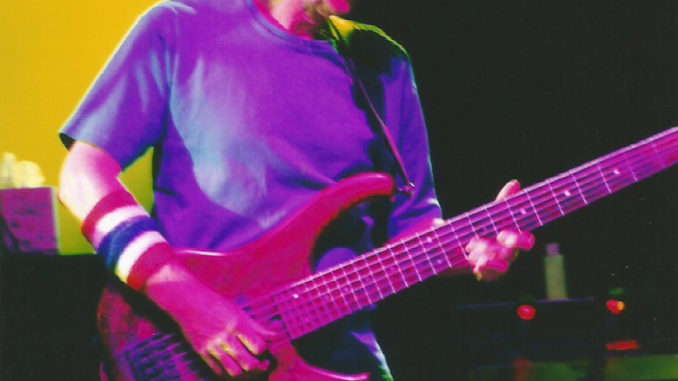
Tim Van Schmidt
I first heard The Grateful Dead play live on New Year’s Eve. This was back in 1970, but it’s not as cool as it may sound.
The Dead were playing Winterland Arena in San Francisco and a television station there was broadcasting it.
My family had just moved from Phoenix to the San Fernando Valley, just north of Los Angeles. I found myself on New Year’s Eve that year playing cards with the son of one of my dad’s colleagues while flipping around the channels of the TV.
At one point, I hit on The Grateful Dead concert in San Francisco — don’t ask me why it was available in L.A., but there it was. And what I heard changed my mind about music.
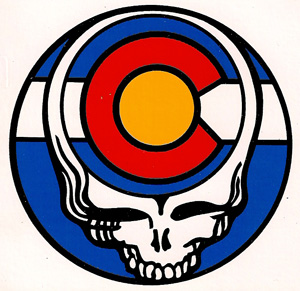
In between card games with my new friend, I would return to the Dead concert and finally just sat down and listened. What I heard opened my mind as The Dead meandered off into long jams. I was used to standard structured music so it was a surprise to come upon music that was set so loosely in motion, the results happening with powerful effect, yet seemingly unplanned. It was fresh and lively with musical ideas.
At that time, my music collection was almost entirely on cassette tape, so the very next tape I bought was The Grateful Dead’s first live album, “Live Dead.” On that tape was the song “Dark Star,” one that echoed what I had heard from that TV concert — music magic at the moment of creation – and became a benchmark for me as the best of The Dead.
I finally got to see The Grateful Dead at the Hollywood Bowl in June 1972. This concert, according to Dead lore, is famous in part because it was the last performance for keyboardist and vocalist Ron “Pigpen” McKernan, a founding member of the band. It was also the debut of the wistful Dead song “Stella Blue.” This was the first concert in the US after the tour that produced the seminal three-record set, “Europe ’72,” arguably the band at its mightiest.
Since then, I went to see The Grateful Dead at every opportunity. I saw them in stadiums, in college gymnasiums, theaters, arenas, and clubs. If not The Dead themselves, then various offshoots like The Jerry Garcia Band or Kingfish. Living in California, it seemed like The Grateful Dead was the house band.
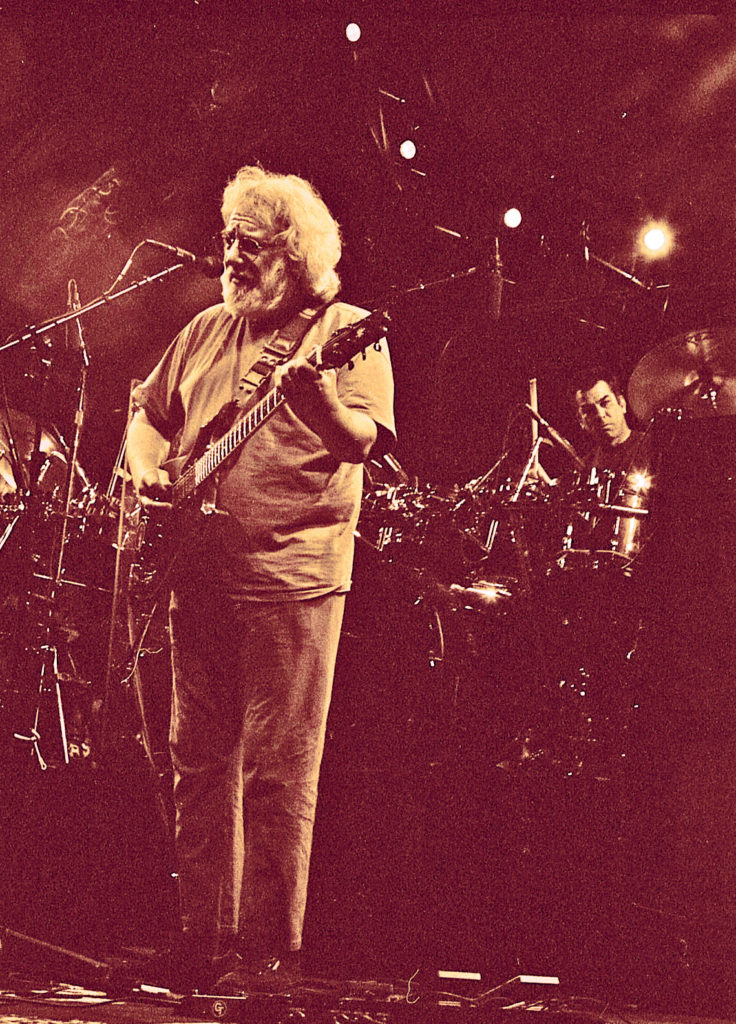
It was about the music, of course. But being a Dead fan was also something more. There was a very conscious vibe of a hippie community at a Dead show. That sense of community and the musical exploration the band applied to its music in a live setting combined to make every Grateful Dead concert a unique experience.
In 1974 in Seattle, I became an official Deadhead. No, really. For a short time, the band had booths at their shows and you could sign up for the “Deadhead” newsletter and sampler records. I received Dead news for some time after that, including mentions of new music technology, shared on products played with a beam of light.
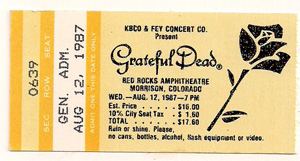
That show in Seattle, by the way, was marked by what Dead lore has deemed the longest version on record for the song “Playin’ in the Band.”
I keep mentioning “Dead lore” and it could be said that no other band ever inspired such a detailed and full history, primarily thanks to the fans. For so long, the currency among Deadheads was cassette tape copies of many and various shows. The Dead, in fact, accommodated fan taping. Now, of course, there are full databases online with recordings of all of their shows.
I didn’t know how really deep The Dead culture had gone until I took several years off from listening to them. I returned to see them at Red Rocks in 1987 and was amazed — the parking lot was more like a hippie marketplace and the twinkle toes dancers lined up and down the steep Red Rocks steps suggested a kind of cult.
At Dead concerts before this, you always felt linked to those around you because you were all Dead fans enjoying the moment. But this kind of friendly community had exploded with the numbers of nomad fans that began following the group everywhere, often giving “Deadheads” a bad name. Big or little, though, The Dead were still playing and that was cause for celebration.
Twenty years after hearing The Dead on that New Year’s Eve in 1970, I finally got to hear “Dark Star” performed live in Denver — I suppose a lifelong dream for a Deadhead. The Grateful Dead were performing with Bruce Hornsby on keyboards and the tune just kind of got a sputtering start in the course of the show but did blossom as it progressed.
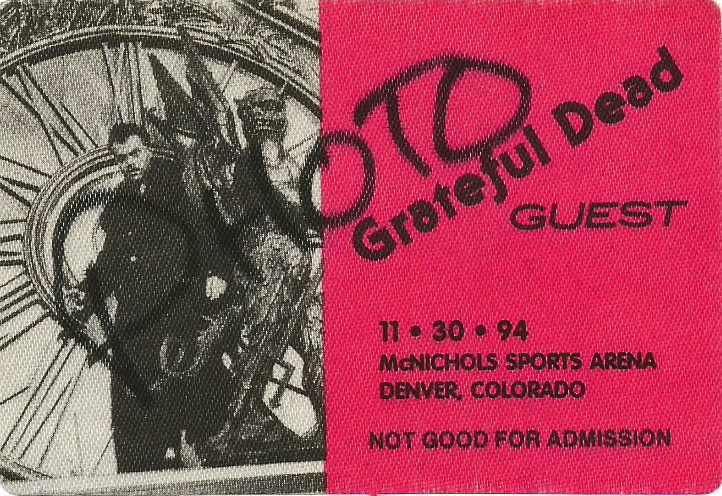
I know this because thanks once again to the extensive archiving that has happened with The Grateful Dead’s music, I was able to cue up a recording of that very moment and hear it over again.
I heard Phil Lesh play “Dark Star” again at Red Rocks one night and I got to hear “Dark Star” one other time in Fort Collins, sung by Dead lyricist Robert Hunter. He was on a rare solo tour and included the tune in his set at the Aggie Theatre.
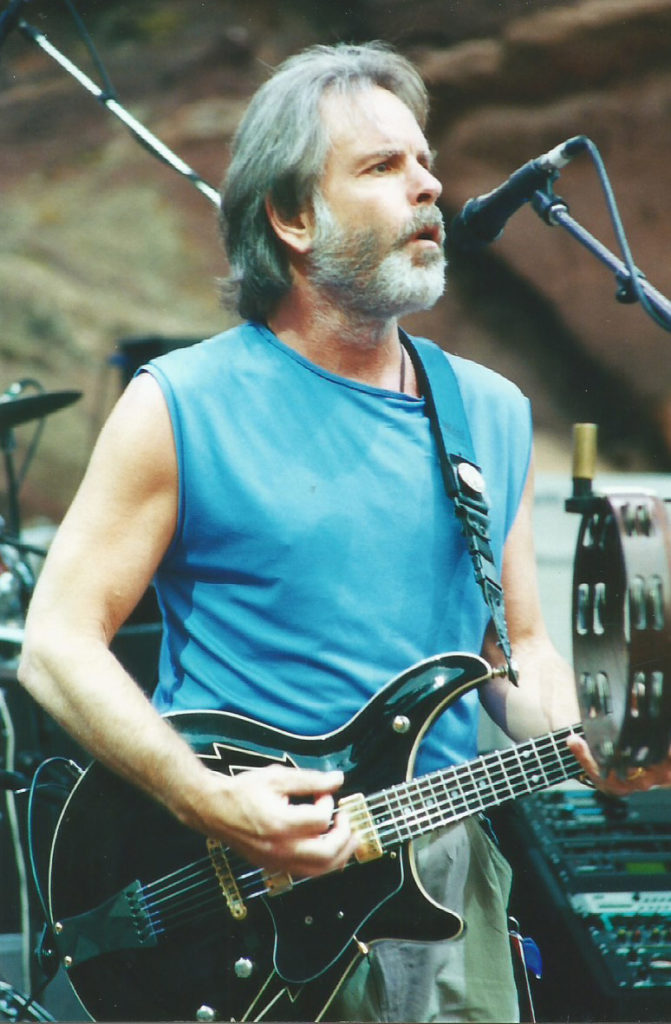
Bob Weir also performed at the Aggie, with his band RatDog, and Dead drummer Bill Kreutzmann appeared on the stage in Fort Collins at the Starlight with Papa Mali.
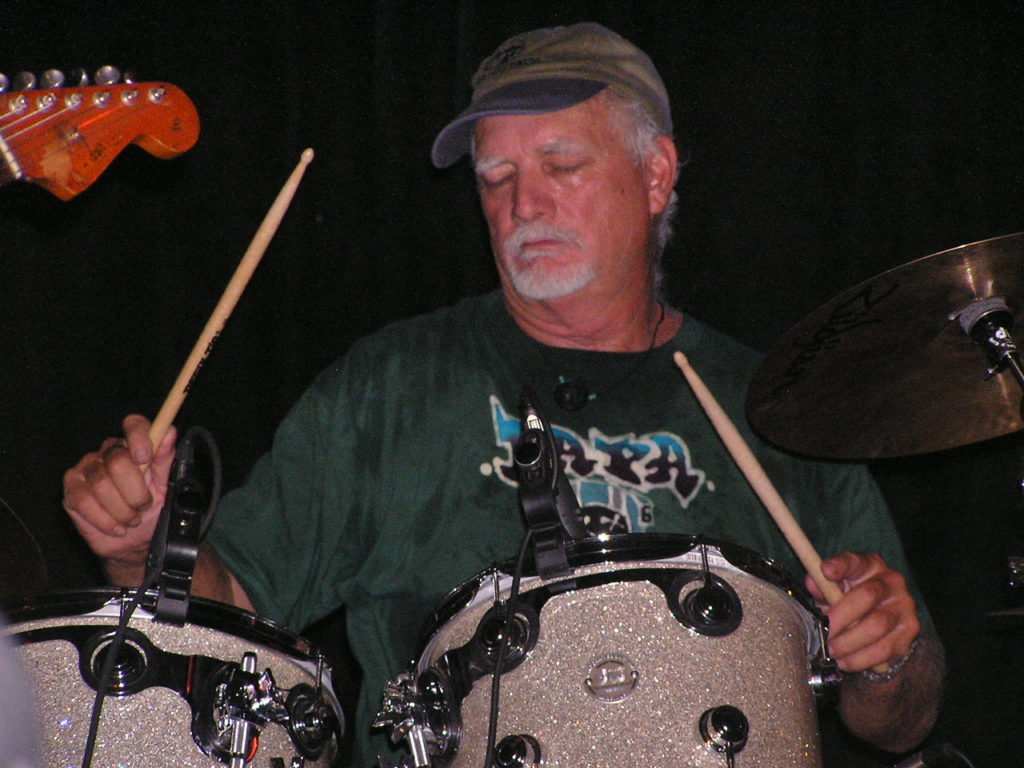
I have a lot more stories, and that’s how it is with Deadheads — those stories are golden. We remember The Grateful Dead and are glad to share their story. Happy New Year!
Tim Van Schmidt is a writer and photographer based in Fort Collins. See his YouTube channel at “Time Capsules by Tim Van Schmidt.”
Support Northern Colorado Journalism
Show your support for North Forty News by helping us produce more content. It's a kind and simple gesture that will help us continue to bring more content to you.
BONUS - Donors get a link in their receipt to sign up for our once-per-week instant text messaging alert. Get your e-copy of North Forty News the moment it is released!
Click to Donate
